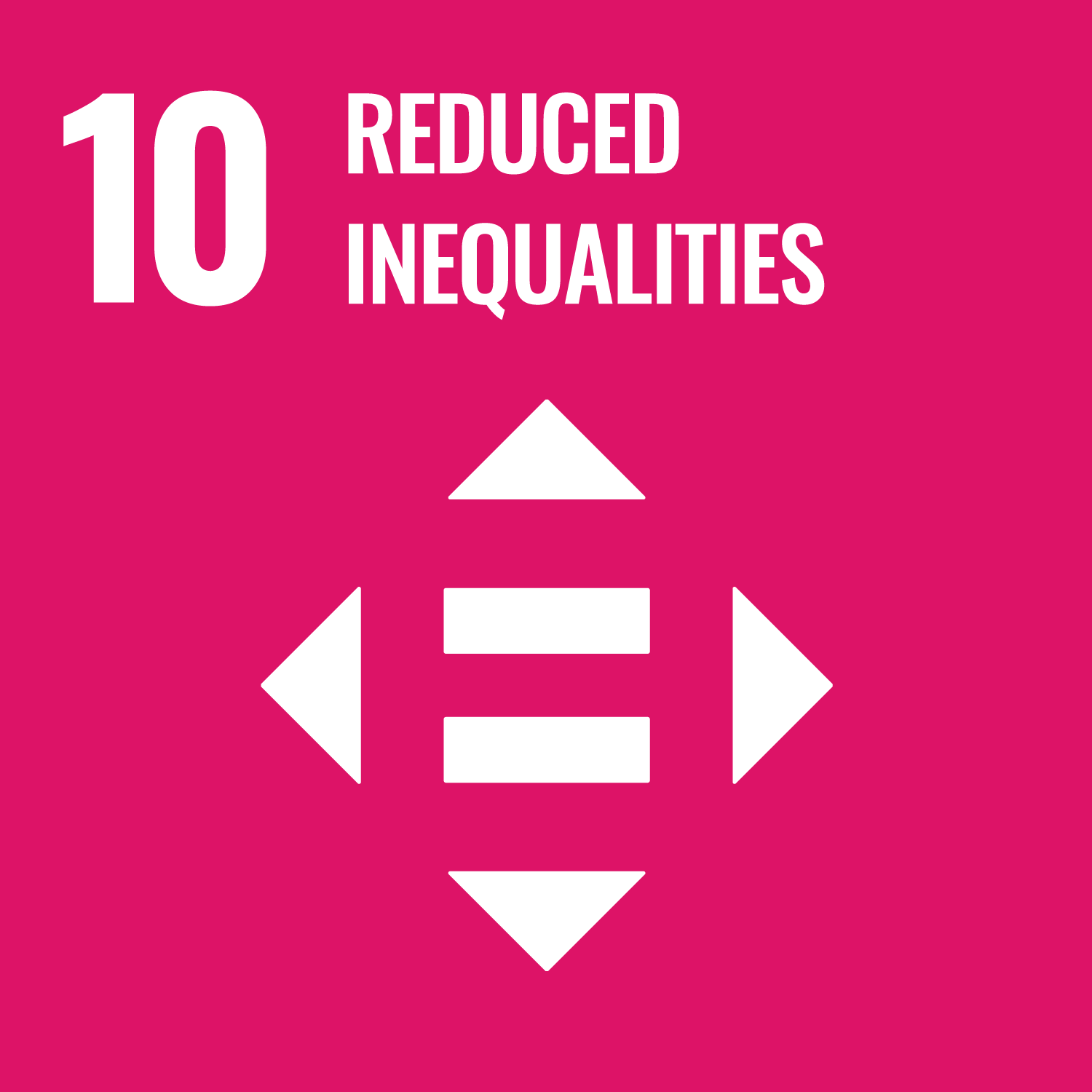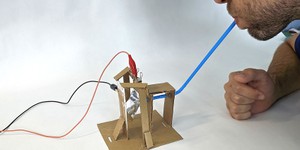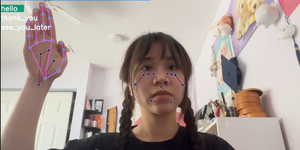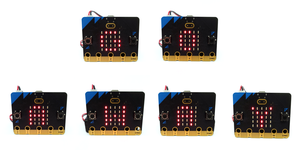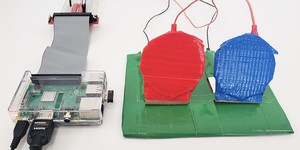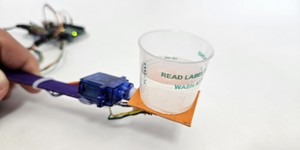Reduced Inequalities, Fifth Grade Science Projects (7 results)
The United Nations Sustainable Development Goals (UNSDGs) are a blueprint to achieve a better and more sustainable future for all.
These projects explore topics key to Reduced Inequalities: Reduce inequality within and among countries.
These projects explore topics key to Reduced Inequalities: Reduce inequality within and among countries.
Science Buddies' fifth grade science projects are the perfect way for fifth grade students to have fun exploring science, technology, engineering, and math (STEM). Our fifth grade projects are written and tested by scientists and are specifically created for use by students in the fifth grade. Students can choose to follow the science experiment as written or put their own spin on the project.
For a personalized list of science projects, fifth graders can use the Science Buddies Topic Selection Wizard. The wizard asks students to respond to a series of simple statements and then uses their answers to recommend age-appropriate projects that fit their interests.
Let us help you find a science project that fits your interests, with our Topic Selection Wizard.|
Select a resource
Coding Projects
Sort by
|
Have you ever wondered how you could push a button without using your hands? How would you type on a computer or play a video game? You could use a puff switch - an electronic switch activated by blowing into a straw. This type of assistive device can help users with limited mobility or physical disabilities do everything from using a computer to steering a wheelchair. In this project, you will design, build, and test a puff switch that is connected to a tiny programmable board that you can use…
Read more
Do you enjoy playing video games? Do you like the challenge of reaching a difficult game level and scoring lots of points? Video games include many graphic elements that are great to watch, but did you know that not only sighted people enjoy video games? Blind and visually impaired players can also play video games by relying on sound cues — the pings, pops, bangs, and bursts of music that make a game fun or exciting. When building a game that will be accessible to differently abled…
Read more
New
Can AI understand human language? In the future, AI could aid in emergency interpretive service in the hospital when translators aren't available. But can current AI algorithms understand non-verbal languages like sign language? In this science project, you will test whether AI can learn sign language gestures or phrases to see if it can be used for interpretation.
Read more
Have you ever tried to communicate with a baby or toddler who cannot talk yet? What about another kid or an adult who cannot speak due to a medical condition? There are many ways we can communicate without speaking, like writing or using sign language. We can also use technology to help make it easier to communicate. In this project you will program your own communication aid to help someone who cannot speak show their emotions or simple messages.
Read more
People with limited mobility, especially in their hands, may not be able to use traditional video game controllers. Adaptive game controllers use a variety of peripherals, like larger buttons, foot pedals, or specialized joysticks, to let people with limited mobility play video games. This video shows how to build a very simple adaptive controller that works with Scratch games on a Raspberry Pi. Can you build an adaptive game controller for a hardware platform and game of your choice?
Read more
How could you send a text message without using your thumbs? What about typing on a keyboard or using a video game controller without using your fingers? Due to a variety of medical conditions like cerebral palsy or paralysis from an accident, some people might be unable to easily use their hands and fingers to push small buttons or use joysticks. However, they might be able to use their entire hand to push a single larger button or use another part of their body like their foot or even their…
Read more
New
Have you ever seen a waiter balance an entire tray of drinks without spilling any? How do they do it? Do you think you could build a robot waiter that can do the same thing? In this project, you will learn how to build a self-balancing robotic tray. You can incorporate the auto-leveling tray into one of our many other robotics projects, like the Bluebot or robotic arm.
Read more
Math can make you money! If you understand some basic math, you can make good decisions about how to keep, spend, and use your hard earned dollars. Try an experiment comparing the same balance in different types of bank accounts. How much better is a savings account than a checking account? What difference does the interest rate make? Which is better, an account that earns compound or simple interest? Can you compare the short and long term costs of borrowing money compared to saving the cash…
Read more
Have you ever seen a baby in the park and wondered if it was a boy or a girl? Maybe once you found out the gender, you thought how sweet, mischievous, or cute the baby was. But wait…do you think that the words you used to describe the baby might be based on your own gender stereotypes? A gender stereotype is when you expect someone to act a certain way simply because he or she is a boy or a girl. In this human behavior science project, you will investigate whether young children use gender…
Read more
|

